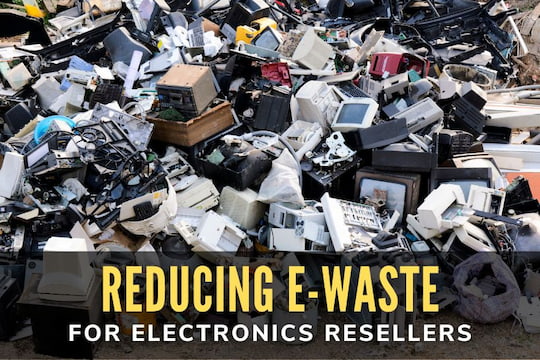As remote work becomes increasingly prevalent, ensuring the security of your digital workspace is paramount. Remote work offers flexibility and convenience and exposes organizations to various cybersecurity risks. This article will explore essential remote work security best practices to safeguard your data and maintain a secure work environment. Whether you're an employer managing a remote team or an individual working from home, these practices are crucial for preventing cyber threats and data breaches.
Secure Your Network

One fundamental remote work security best practice is to secure your home network. Update your router's firmware regularly and use strong, unique passwords for your Wi-Fi network. A secure network is the first defense against potential intruders, keeping your data safe and confidential.
Utilize VPNs (Virtual Private Networks)
Implementing a VPN is essential for encrypting your internet connection and ensuring secure communication. A VPN creates a private network over a public one, safeguarding your data from prying eyes. Make sure to choose a reputable VPN service and use it consistently when accessing company resources remotely.
Segregate Work and Personal Devices
Maintain a clear separation between your work and personal devices. Use dedicated work equipment for your job-related tasks, as this reduces the risk of cross-contamination. By doing so, you can better control and protect sensitive work data.
Implement Multi-Factor Authentication (MFA)

MFA adds an extra layer of security by requiring users to provide multiple verification forms before granting access. Enable MFA for your work accounts and encourage your team to do the same. This significantly reduces the chances of unauthorized access, even if passwords are compromised.
Stay Informed About Phishing Scams
Phishing attacks remain prevalent, targeting remote workers with deceptive emails and messages. Educate yourself and your team about phishing scams and how to identify them. Be cautious when clicking on links or downloading attachments, especially if they come from unfamiliar sources. Regular training and awareness can go a long way in preventing phishing incidents.
Keep Software Up-to-Date
Regularly updating your operating system and software is a crucial remote work security best practice. Software updates often include patches for known vulnerabilities, reducing the risk of exploitation by cybercriminals. Set your devices to install updates when available to stay protected automatically.
Refine Access Management
Streamline access to company resources by refining access management. Ensure that employees only have access to the data and systems necessary for their roles. Implement strong password policies and regularly review and revoke access for employees who no longer require it.
Simplify Authentication

Make authentication processes simpler for remote workers. Consider using single sign-on (SSO) solutions and biometric authentication methods when feasible. Simplifying authentication enhances security and improves the user experience, making it easier for employees to access the resources they need.
Safeguarding Your Digital Workspace
In conclusion, remote work security is critical in today's digital landscape. Following these remote work security best practices, you can create a robust defense against cyber threats and protect your organization's sensitive information. However, phishing attacks can still occur even with these measures in place. Therefore, it's essential to stay vigilant and continue educating yourself and your team on best practices for preventing phishing attacks. Stay safe and secure in your remote work environment.




















